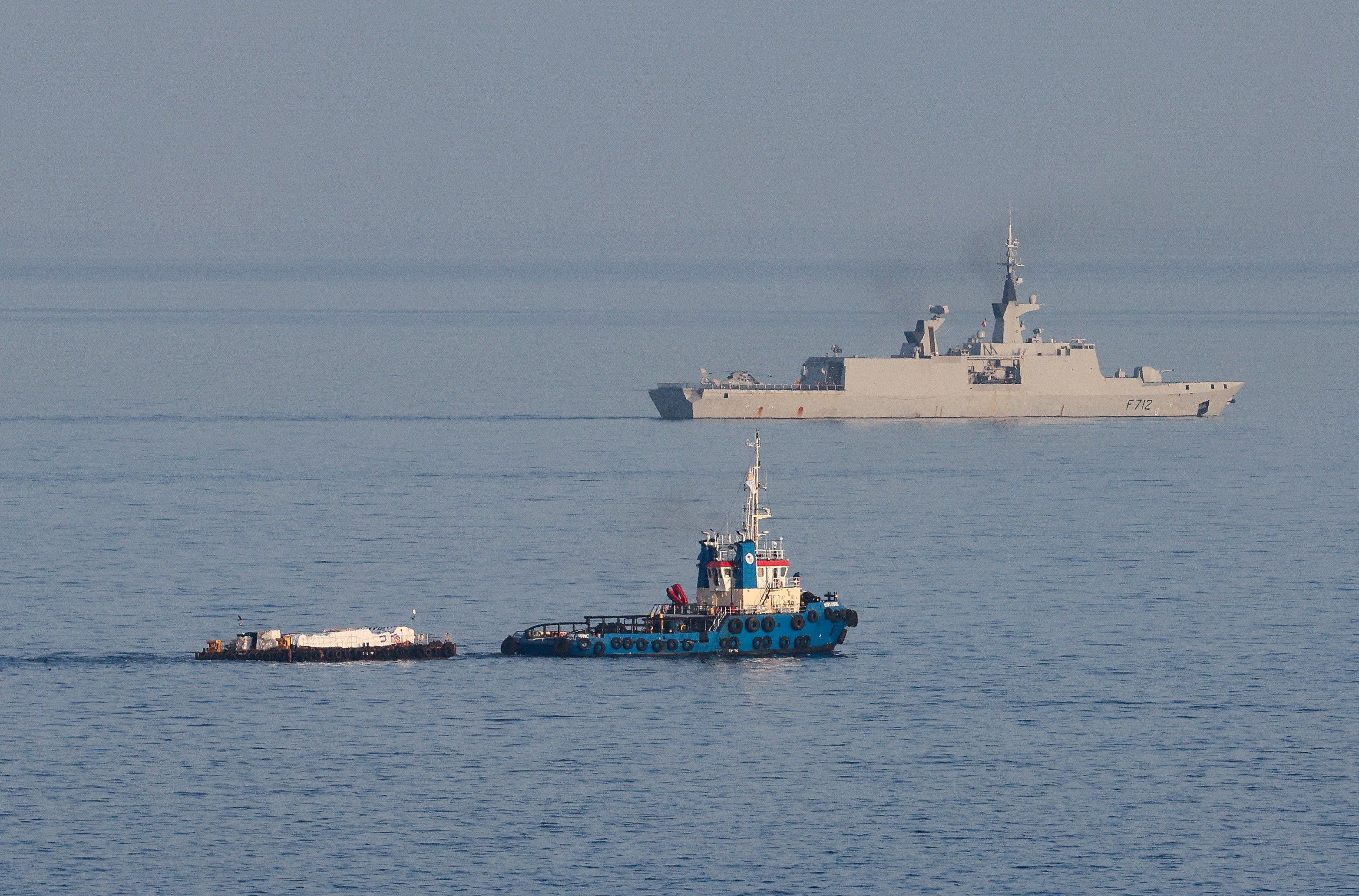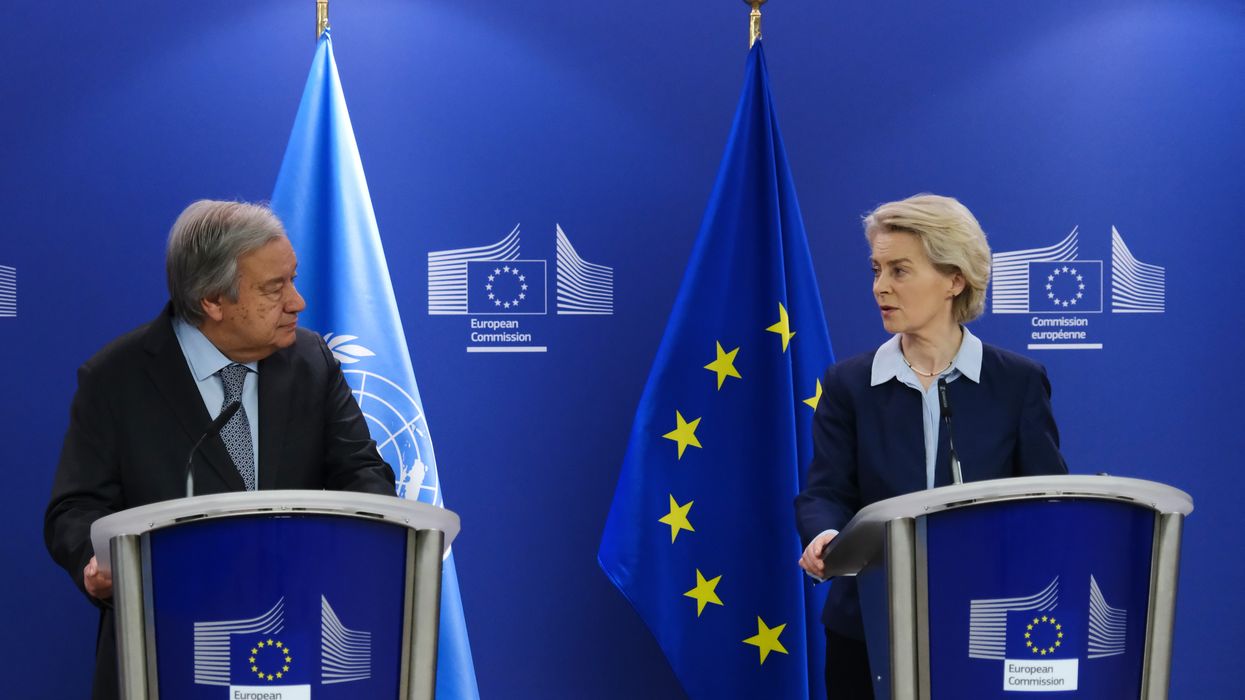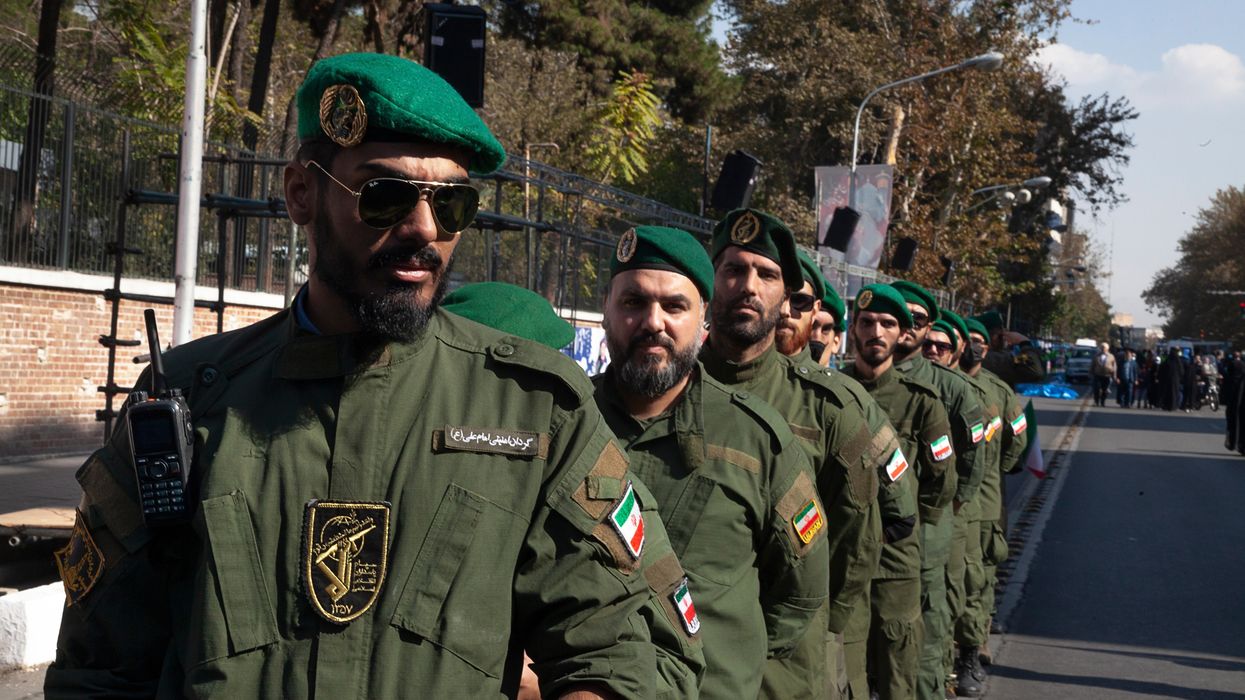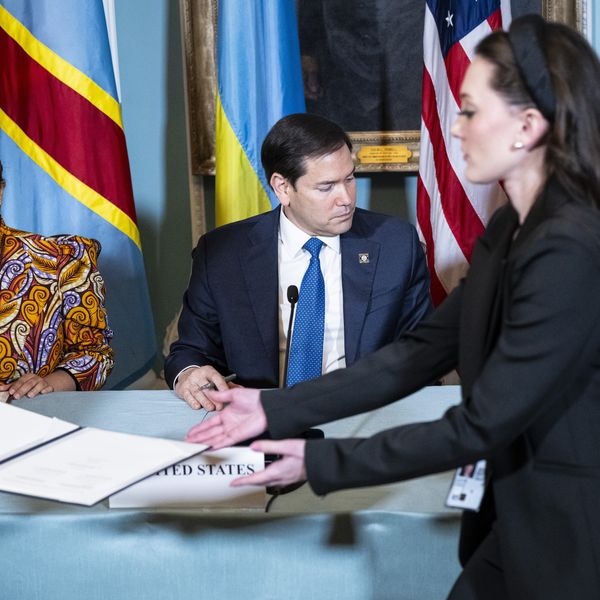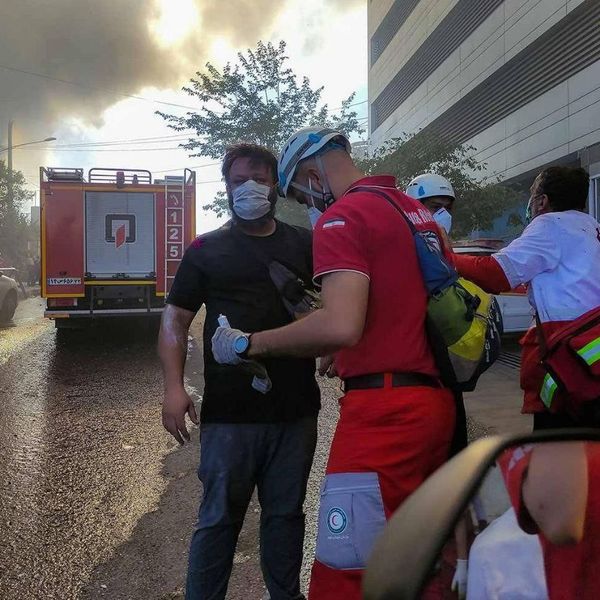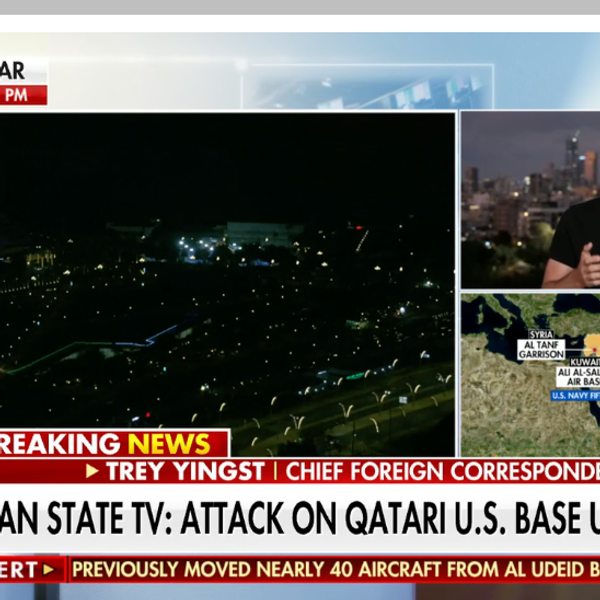As Gaza’s humanitarian crisis deepens, a small U.S.-based advisory group hopes to build a temporary port that could bring as many as 200 truckloads of aid into the besieged strip each day, more than doubling the average daily flow of aid, according to a person with detailed knowledge of the maritime corridor plan.
The port effort, led by a firm called Fogbow, could start bringing aid into Gaza from Cyprus within 28 days of receiving the necessary funding from international donors. The project would require $30 million to get started, followed by an additional $30 million each month to continue operations, according to the source.
The plan is separate from a U.S. military effort to create a floating pier off the shores of Gaza, but Fogbow is prepared to incorporate its operations with the American project if asked, the source said.
These new details of Fogbow’s plans come as aid groups are desperately searching for ways to increase the flow of humanitarian aid into Gaza, where disease and hunger are running roughshod over the Palestinian population.
Experts say famine has already set in throughout parts of the strip. Nine in ten children under 5 years old caught an infectious disease in February alone, and seven in ten young children suffered from diarrhea, a key driver of deaths in famine. Palestinians have little capacity to treat such diseases after Israel’s destruction of much of Gaza’s health infrastructure, according to the International Crisis Group (ICG).
Following an Israeli strike that killed seven Western humanitarian workers, international pressure has forced Israel to at least temporarily expand the entry of aid into Gaza. COGAT — the Israeli military’s aid coordinator — said it allowed more than 400 trucks to enter Gaza on Monday, a large jump from the daily average of 114 trucks. (The U.N. disputed Israel's accounting, telling the BBC that only 223 trucks were allowed in.)
U.N. officials and aid groups say they now need at least 500 trucks per day to soften the crisis gripping Gaza. Israeli officials claim that they now aim to clear as many as 600 trucks to enter the strip daily. Much of this could come through the Erez crossing along Gaza’s northern border with Israel, which Tel Aviv recently reopened.
But significant challenges remain, both for any maritime corridor plans and for aid delivery over land. Several NGOs have ceased their work in Gaza due to the dangers facing aid workers, more than 200 of whom have been killed since October.
In a major new report, ICG found that “Israel in effect disabled ‘deconfliction’ – or coordinating military and humanitarian activities to ensure safe delivery of assistance in conflict zones.” Israeli authorities have also systematically targeted Gaza’s police force due to real or alleged ties to Hamas, making it all but impossible to provide security for aid convoys on the ground, according to ICG.
Israel’s attempts to destroy UNRWA — the backbone of relief efforts in Gaza — and its slow, meticulous inspection of trucks have further complicated aid delivery. And any effort that involves Americans, and U.S. soldiers in particular, risks drawing Washington directly into the war.
Fogbow’s “Blue Beach” plan addresses some of these concerns. Israeli and Cypriot authorities would inspect and seal the aid in Cyprus, according to the source, who noted that officials would try to pre-clear a warehouse full of aid to be delivered once the sea route starts running. A set of three barges would then run 24/7, dropping aid at a makeshift port facility in Gaza, where it would be distributed by international NGOs or local groups.
The Israeli military would provide security at the beach from a distance, the source said. The firm, whose leadership includes a former U.S. general and a former top official at the Pentagon, has also offered to help with deconfliction of aid by bringing in best practices from other conflicts.
But any maritime corridor plan falls short on one key metric: time. Jeremy Konyndyk — the head of Refugees International and a former senior USAID official — likened the current situation in Gaza to the outer bands of a hurricane “making landfall as a Cat V.”
“The priority now must be to stem the damage,” Konyndyk argued. “The actions by the U.S. and Israeli governments in the coming weeks will determine whether the famine kills thousands, tens of thousands, or potentially more.”
Even if it received full funding today, Fogbow’s Blue Beach plan couldn’t get started until around mid-May. The U.S. military is hoping to set up its own floating pier effort by then as well, though satellite tracking data indicates that at least one of the U.S. ships tapped to help with the project has yet to leave its port in Jacksonville, Florida. The rest of the pier-building fleet, which includes several Army logistics ships, is spread out across the Atlantic and Mediterranean, with some vessels more than two weeks away from Cyprus, where the project will begin in earnest.
- Mission creep: Will pier become a beachhead for US in Gaza? ›
- Military pier project in Gaza could be 'on ice' ›
- The desperation of Gaza famine denialism | Responsible Statecraft ›
